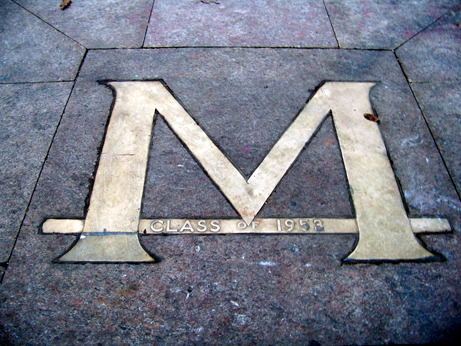by Edie Goldenberg
A lot of naysayers doubted that efforts to inspire college students to vote could make much of a difference. We heard harsh judgements of the young: “They aren’t interested; they don’t plan ahead; they don’t follow through; they’d rather protest than vote.”
Recent results of national studies show these naysayers are wrong. According to the U.S. Elections Project, turnout rose in all age groups in 2018, with an overall jump of about 14 percentage points from 36.7 percent (in 2014) to 50.3 percent. Although the absolute rate of voting by college students remained lower than that of older groups, college students increased their turnout even more. The National Study of Learning, Voting, and Engagement reported an increase in voting for college students nationally of 20 percent, and the student increase at the University of Michigan-Ann Arbor was 27 percent. We tripled our student voting rate to 41 percent. Why did this happen?
The University of Michigan had no nonpartisan campus-wide effort before 2017, and low turnout rates in 2014 and 2016 reflected that. We launched the Big Ten Voting Challenge (BTVC) in September 2017 to up our game. All 14 presidents and chancellors enthusiastically announced the Challenge, providing the campus-wide endorsements that were needed. With the blessing and support of university leaders, students led the effort: Students know better than anyone how to motivate their friends and classmates.
We knew from the outset that the playing field wasn’t level. Voting rules differ from state to state, and Michigan’s rules in 2018 were among the least friendly to students of any state in the nation. Our chances of winning were slim. Unlike Minnesota and Wisconsin, we had no online registration, no early voting, no automatic voter registration, no Election Day registration, and absentee voting rules that were restrictive. Nevertheless, we signed on to the Challenge as a way of encouraging our students to become civically informed and involved.
This was a friendly nonpartisan competition. All 14 universities shared an overall goal of helping eligible students get registered to vote, learn about candidates and ballot issues, and cast their ballots. In conference calls each month, campus representatives shared ideas, designs, videos, and other resources. With help from donors, campuses provided transportation to the polls, stamps for mailing ballots, and Election Day parties to celebrate civic participation in our democracy. We planned workshops for international students to help them understand the U.S. electoral process. All 14 campuses saw increases larger than the average national increase for 18-29-year-old voters, as reported by the U.S. Census.
The real winners of this effort are our students who learn and become engaged in our democracy. We strive to educate our students and provide them with the skills to become leaders in whatever area they choose. An important part of that preparation is education about how and why to vote, a critical underpinning of democracy in the United States. With the passage of Proposition 3 in 2018, Michigan’s voting rules improved greatly for college students. We expect to see our students closing the turnout gap with older populations in the future.
Inspired by the dramatic improvement in 2018, we see a great opportunity to enable even higher rates of student voting in 2020. We want our students to make informed choices, and to make their voices heard. We want to build a campus culture that values and expects informed civic engagement. To that end, the 2020 Big Ten Voting Challenge has already begun.
Edie Goldenberg is a professor of political science and public policy at the University of Michigan. Her research interests include voting turnout of millennials.

